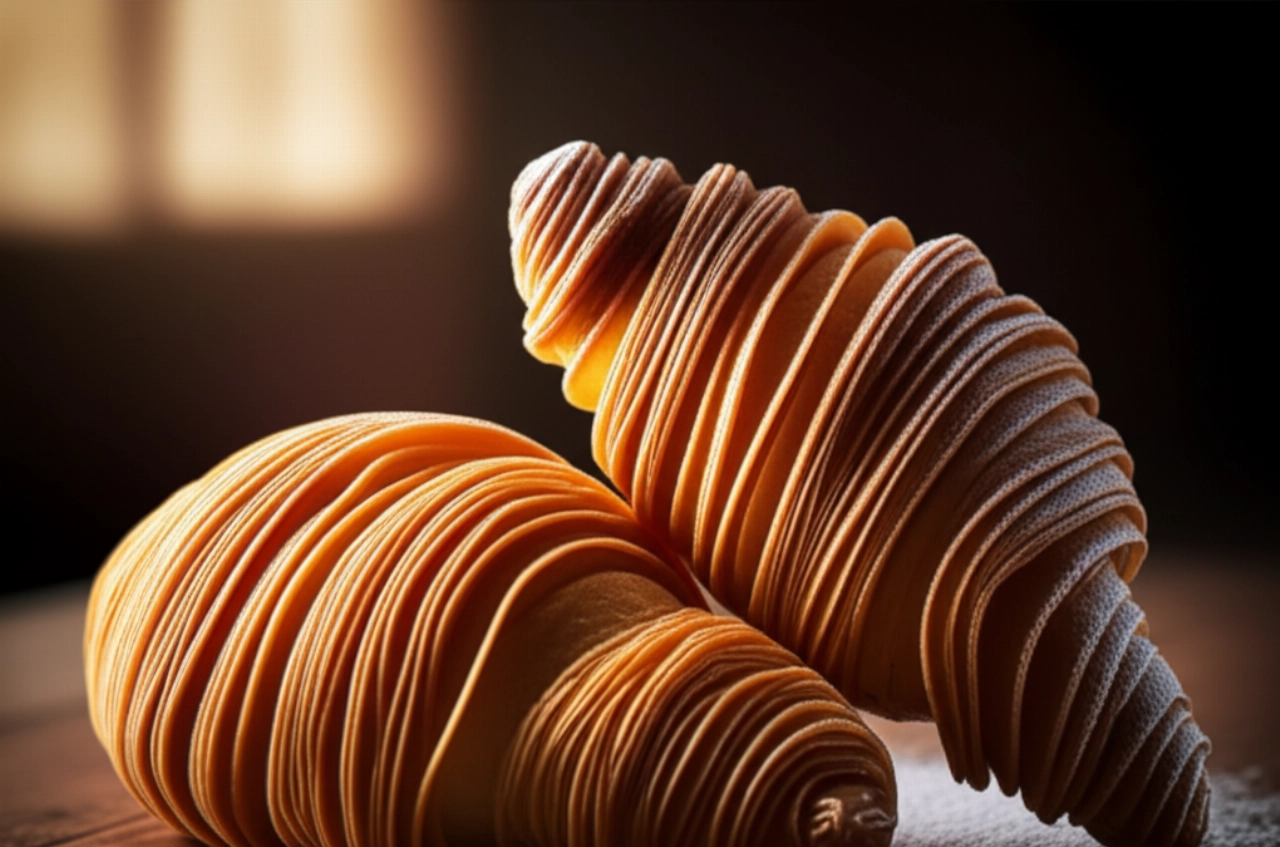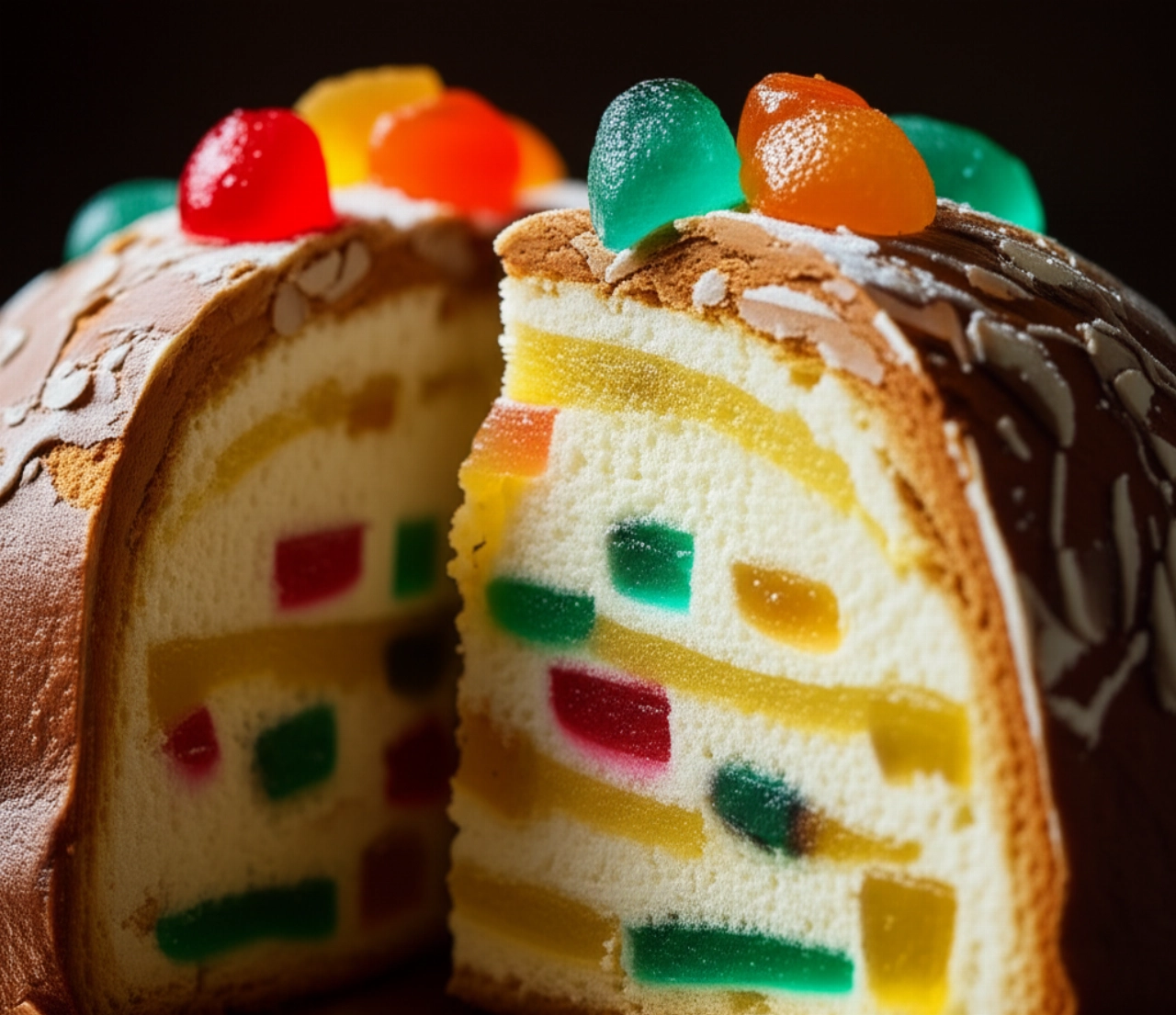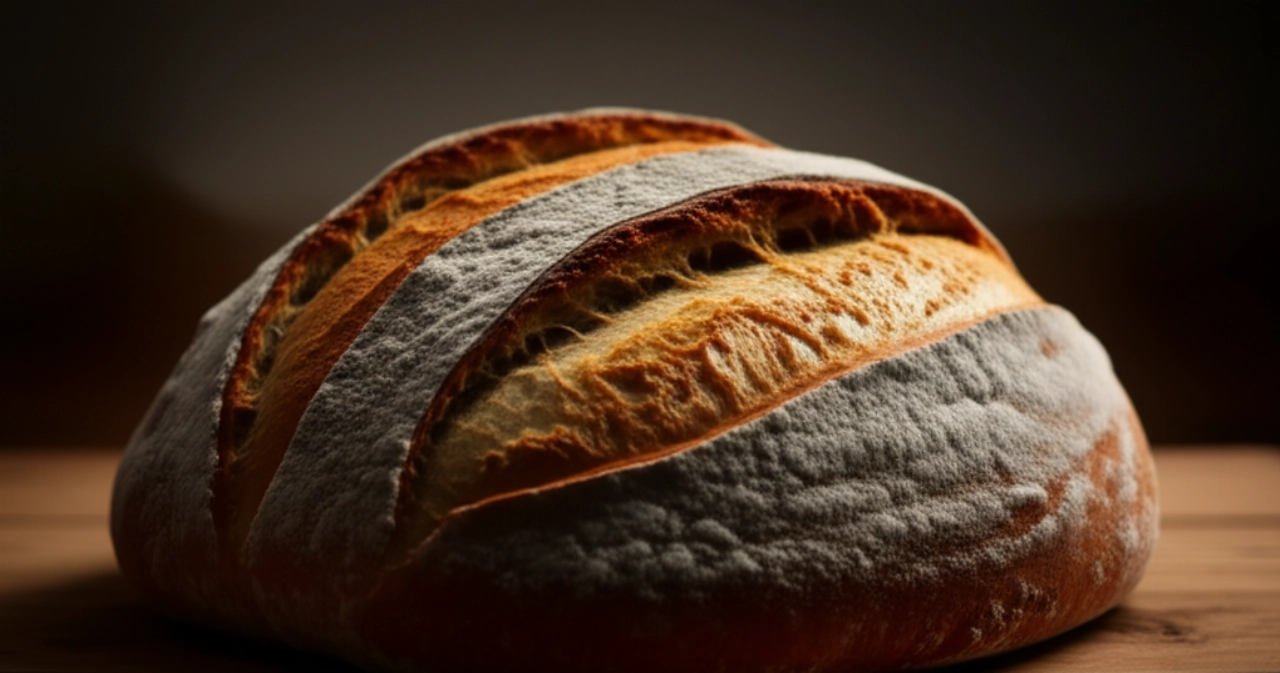Dreaming of bringing to the table a Neapolitan Pastiera so authentic it makes your eyes close and you sigh with pleasure at every bite? The one with the crumbly shortcrust pastry that melts in your mouth, the creamy and fragrant filling, and that unmistakable taste of home and celebration?
But how many times have you feared that the shortcrust pastry would break, the cream wouldn't be silky, the wheat too hard, or, even worse, that the taste wouldn't be the real one, the one from grandma? Finding the right recipe, one that guarantees success without anxiety, seems like a challenge.
Make yourself comfortable. On this page, you won't just find a list of ingredients, but the definitive guide, full of tricks and tips, to prepare the best and most foolproof Pastiera of your life. Success is guaranteed, and the scent of Easter will fill your home, leaving everyone speechless. Get ready for applause!
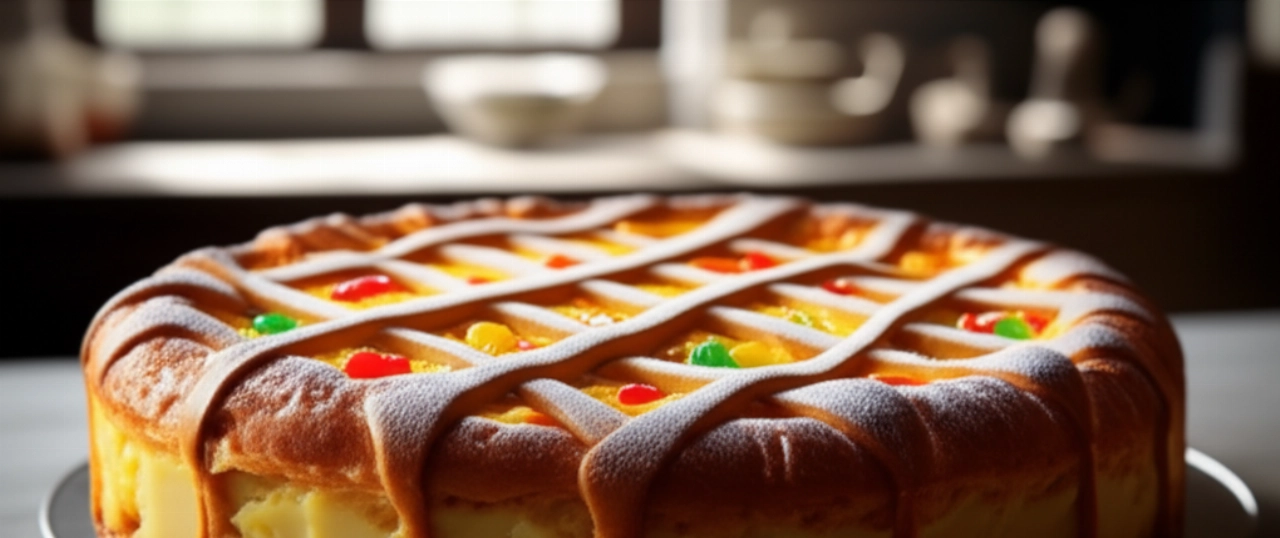
Infallible Authenticity: The Secret of Our Neapolitan Pastiera
Our promise is clear: no more Pastieras that taste bland or fall apart. I'll guide you step by step to achieve a Neapolitan Pastiera that smells of tradition, with a silky cream and perfectly soft wheat, without lumps and without surprises. Our unique angle is the perfect consistency and the unmistakable aroma, the result of a careful selection of ingredients and a preparation method that respects tradition, but ensures an impeccable result even if you're a beginner.
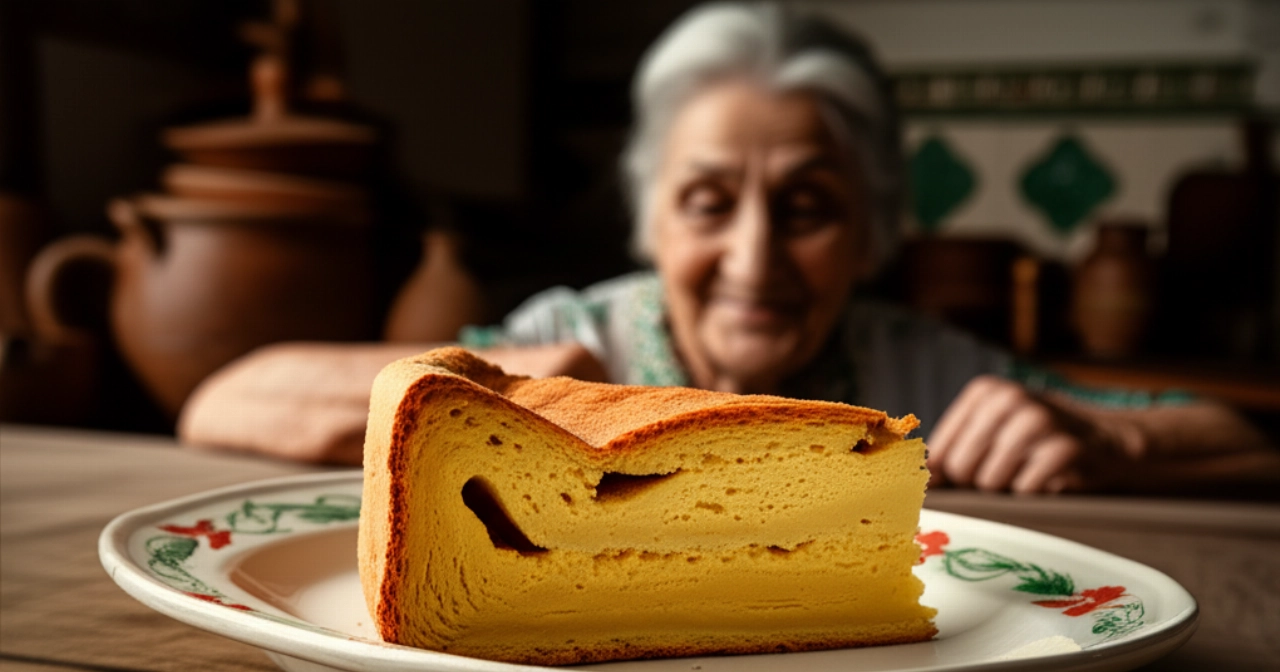
Smart Ingredients for a Divine Pastiera: The Choice That Makes the Difference
It's not just a list; it's a reasoned selection. Each ingredient has its purpose, and knowing it will help you understand the secrets of this dessert.
- Cooked Wheat: Choose excellent quality pre-cooked wheat, preferably the canned type specifically for Pastiera. It should be soft but not mushy. If preparing from scratch, ensure it's well-cooked and creamy, but not a puree.
- Ricotta: Here's the first real secret! Use very fresh sheep's milk ricotta and, crucially, well-drained. Leave it in a colander for at least 2-3 hours (or even overnight in the fridge) to eliminate all excess whey. This will prevent your cream from being watery and ensure unparalleled silkiness.
- Eggs: Very fresh, at room temperature. We'll use a higher proportion of yolks to whites to ensure creaminess and a golden color, avoiding the 'omelet' effect that sometimes occurs with too many whites.
- Sugar: Granulated, to sweeten the cream and shortcrust pastry. Don't overdo it; the sweetness should be balanced.
- Candied Fruit: Quality candied citron and orange. Don't skimp on quality; they make a difference in aroma and flavor. If you don't like them, you can reduce the quantity or omit them, but know that they are an integral part of the tradition.
- Aromas: Orange blossom water, vanilla (pod or pure extract), and a pinch of ground cinnamon. These are the fragrant soul of Pastiera. The orange blossom water must be of good quality; its scent is unmistakable.
- Shortcrust Pastry: Cold butter from the fridge, 00 flour, sugar, eggs, and a pinch of salt. Cold butter is essential for a crumbly pastry that doesn't shrink during baking.
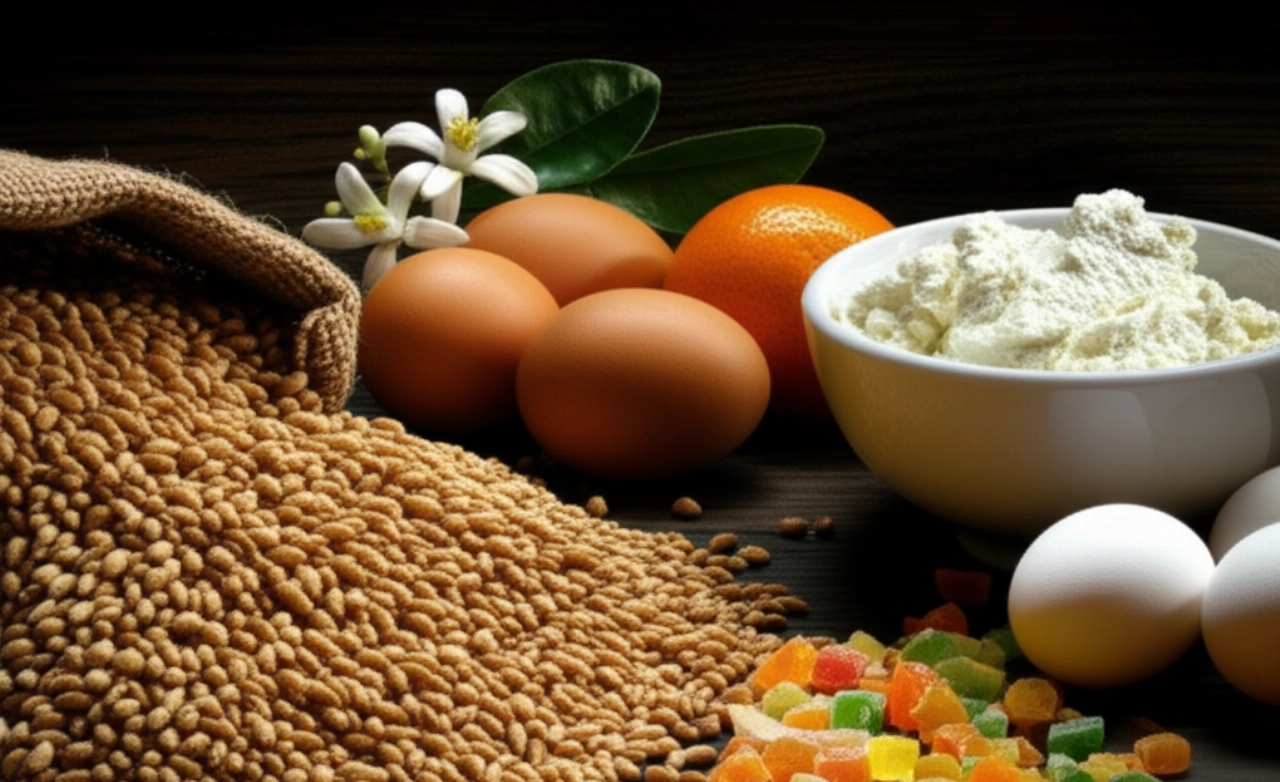
3 Common Mistakes That Can Ruin Your Pastiera (and How to Avoid Them)
As a true kitchen guardian, I'll warn you about the most common pitfalls, those that can turn a masterpiece into a disappointment. Avoiding them is very easy, if you know how!
- Ricotta not drained enough: This is mistake number one! If the ricotta is too moist, it will release water during baking, making the filling watery and compromising the consistency. Solution: Drain the ricotta for hours, pressing it lightly. The drier it is, the more perfect the cream will be.
- Overworking the shortcrust pastry: Overworked pastry develops gluten, becoming elastic and difficult to roll out, and especially, hard after baking. Solution: Work the pastry as little as possible, just enough time to combine the ingredients. Use your fingertips and a light touch.
- Incorrect baking: A Pastiera baked too little will be soft; too much will be dry and cracked. Solution: Bake it at a moderate temperature (160-170°C) for an extended period (about 80-90 minutes), until it's golden brown but still slightly wobbly in the center. Resting outside the oven will complete the baking.
The Extra Touch: Grandma's Tip for a Memorable Pastiera
My grandmother, when she made Pastiera, always told me: 'Remember, time is your best friend in the kitchen, especially with important desserts.' And for Pastiera, this meant not rushing. Her secret was to let the Pastiera rest. As soon as it came out of the oven, she would let it cool completely at room temperature, then transfer it to the refrigerator for at least 12-24 hours before serving. This resting period allowed the flavors to meld and intensify, and the cream to set perfectly, making every slice an unforgettable experience. It's a small gesture, but it makes a huge difference in the final taste!
Let's Prepare Neapolitan Pastiera Together: The Foolproof Step-by-Step Guide
Follow each step carefully. I'll guide you by hand, without rushing, towards success.
1. Prepare the Shortcrust Pastry (the day before, if possible)
- In a large bowl, sift 300g of 00 flour with 100g of powdered sugar (or very fine granulated sugar) and a pinch of salt.
- Add 150g of cold butter cut into cubes. Work quickly with your fingertips, rubbing the butter with the flour until you get a sandy mixture (like crumbs).
- Combine 1 whole egg and 1 yolk. Mix rapidly until a smooth and homogeneous dough forms, without overworking it.
- Wrap the dough in plastic wrap and let it rest in the refrigerator for at least 1 hour, preferably overnight. This is essential for a perfect shortcrust pastry.
2. Prepare the Cooked Wheat
- In a pot, pour 250g of cooked wheat (already prepared), 200ml of whole milk, 50g of butter, the grated zest of half a lemon, and a pinch of cinnamon.
- Cook over low heat, stirring continuously, until the milk is completely absorbed and the mixture becomes creamy. This will take about 10-15 minutes.
- Remove from heat and let cool completely.
3. Prepare the Ricotta Cream
- In a large bowl, work 500g of sheep's milk ricotta (well-drained!) with 300g of granulated sugar until you get a smooth, lump-free cream. You can use a hand whisk or an electric mixer on low speed.
- Add 3 yolks and 1 whole egg, one at a time, incorporating them well after each addition.
- Combine the now-cold cooked wheat, 50g of candied citron and 50g of candied orange (cut into small cubes), 2 tablespoons of orange blossom water, and the seeds from half a vanilla bean (or 1 teaspoon of extract).
- Gently mix with a spatula, from bottom to top, until all ingredients are well combined.
4. Assembling the Pastiera
- Butter and flour a Pastiera mold (or a springform pan with a flared edge) 24-26 cm in diameter.
- Take the shortcrust pastry from the fridge. Roll out about two-thirds of it on a lightly floured surface, forming a disk about 3-4 mm thick.
- Gently place the pastry disk into the mold, making it adhere well to the edges and trimming the excess. With a fork, prick the bottom.
- Pour the ricotta and wheat filling into the pastry shell, leveling the surface well.
- With the remaining pastry, roll out another disk and cut strips about 1.5 cm wide. Arrange them in a lattice pattern on the surface of the Pastiera, forming the classic diamonds. Make the ends adhere well to the walls of the underlying pastry.
5. Baking and Resting
- Preheat the static oven to 160°C.
- Bake the Pastiera on the middle rack and cook for about 80-90 minutes. The surface should be golden brown and the filling slightly wobbly in the center. If it starts to brown too much, cover with aluminum foil.
- Once baked, turn off the oven and leave the Pastiera inside with the door slightly ajar for another 10-15 minutes. This will help stabilize the baking and prevent cracks.
- Remove from oven and let cool completely at room temperature.
- The true secret to a perfect Pastiera is resting: store it in the refrigerator for at least 12-24 hours before serving. The flavors will meld and the consistency will become divine.
Tips and Frequently Asked Questions about Neapolitan Pastiera
Here are some of the questions I get asked most often. I hope they help you!
Can I only use cow's milk ricotta?
Yes, you can use cow's milk ricotta, but make sure it's very fresh and, like sheep's milk ricotta, well-drained. Sheep's milk ricotta is preferable for a more authentic flavor and richer consistency, but quality cow's milk ricotta can still yield an excellent result.
Can I prepare Pastiera in advance?
Absolutely yes, in fact, it's recommended! Pastiera is one of those desserts that improves with resting. Preparing it 2-3 days before Easter (or the day you want to serve it) allows the flavors to meld and intensify, making it even better.
How to store Pastiera?
Once cold, Pastiera should be stored in the refrigerator, covered with plastic wrap or under a cake dome. It keeps well for 4-5 days.
Why did my Pastiera crack on the surface?
Cracks can be caused by baking at too high a temperature or by cooling too quickly. Make sure to bake at a moderate temperature and let the Pastiera cool gradually in the turned-off oven with the door ajar before taking it out.
Can I freeze Pastiera?
Yes, you can freeze cooked and completely cooled Pastiera. Wrap it well in plastic wrap and then in aluminum foil. It keeps in the freezer for about 1-2 months. To thaw it, leave it in the refrigerator overnight.
Your Masterpiece is Ready!
There you have it! Now you don't just have a recipe, but all the secrets to bring a dish to the table that tastes of home, tradition, and love. Your Neapolitan Pastiera will be a hymn to sweetness and authenticity, a true triumph of flavors and aromas that will conquer everyone.
Don't be afraid to experiment. Cooking is an act of creativity and generosity. But start with this solid base, and you'll see that applause and compliments won't be lacking. Every slice will be an embrace, an indelible memory.
Have you prepared your Pastiera following our tips? We're very curious to see your masterpiece! Leave a comment below, tell us how it went, or share a photo on Instagram by tagging @CercaRicette.it. If you loved this journey into tradition, you can't miss our recipe for Neapolitan Casatiello or for the famous Sfogliatelle Ricce. Until next time, and bon appétit!
